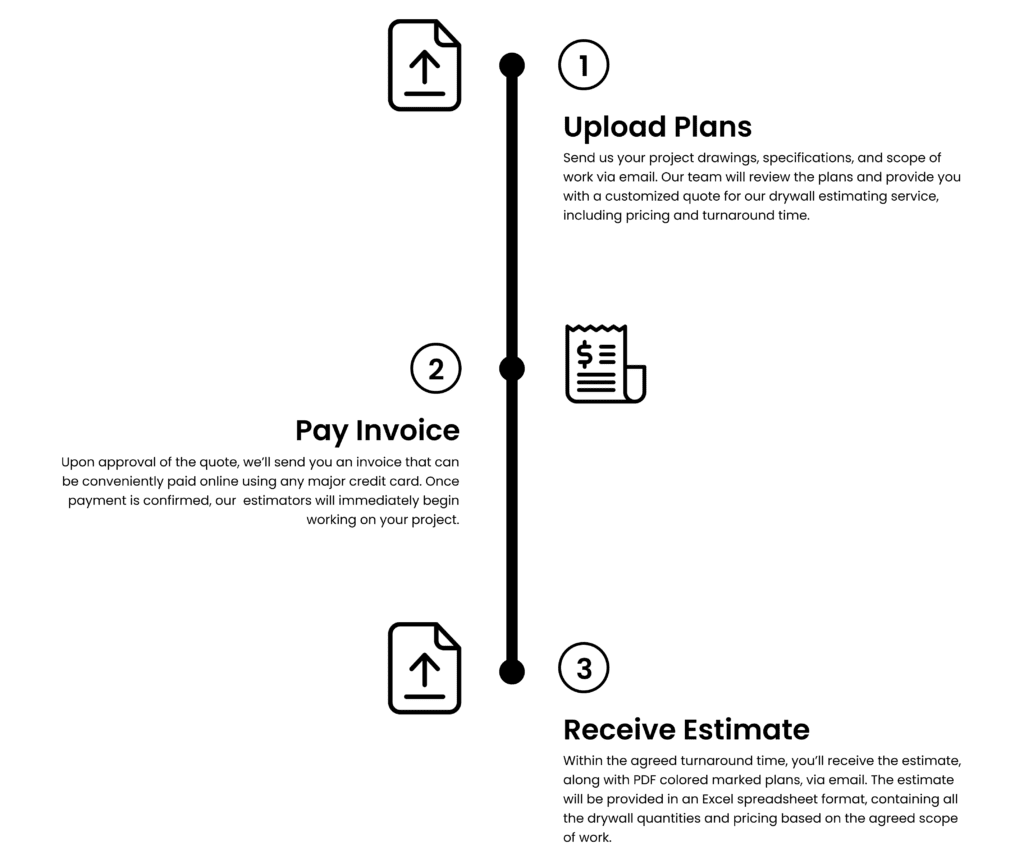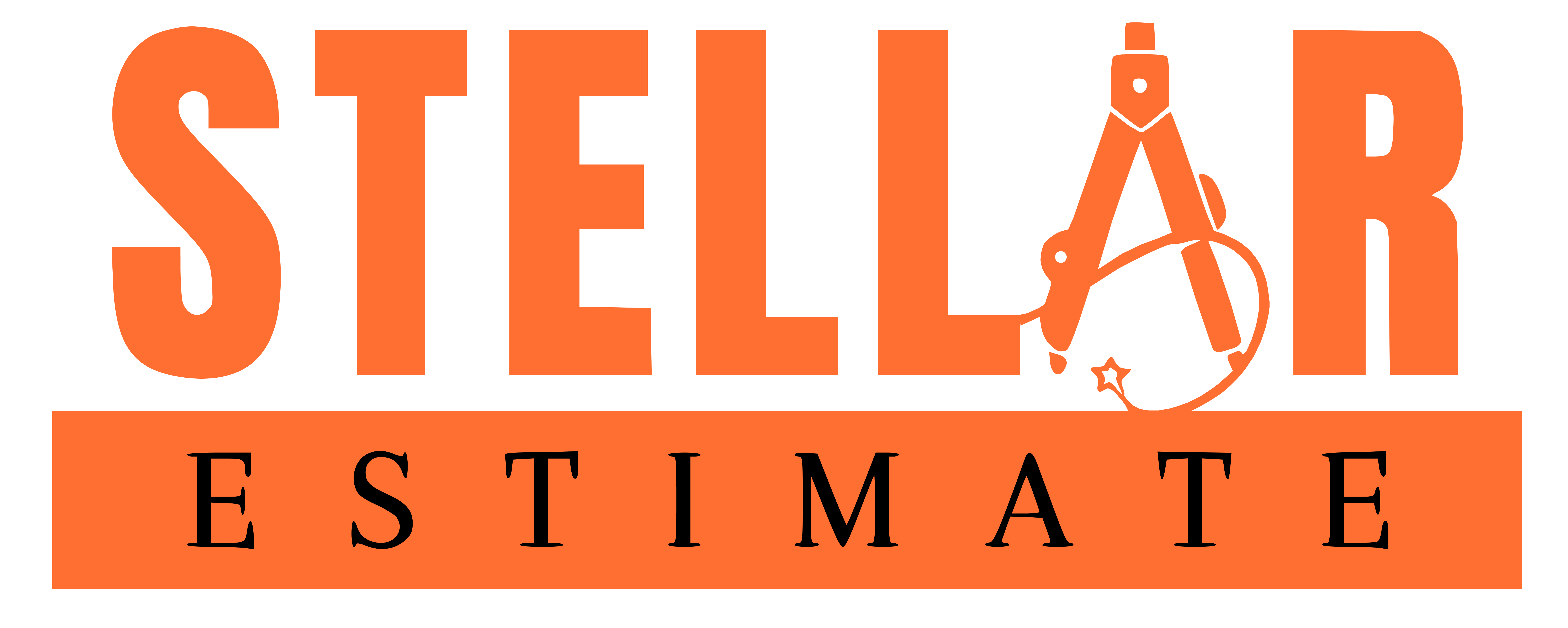How to Legally Build a House in California ?
Building a house in California involves several legal steps to ensure compliance with state and local regulations. This guide will walk you through the essential stages, from acquiring land to final inspections, helping you navigate the complexities of California’s building laws.

1. Research and Planning
Before breaking ground, thorough research and planning are crucial. This includes understanding local zoning laws, building codes, and environmental regulations.
- Zoning Laws: Check with your local planning department to ensure the land is zoned for residential use. Zoning laws dictate the types of structures that can be built in specific areas.
- Building Codes: Familiarize yourself with the California Building Standards Code (Title 24), which outlines the minimum requirements for construction, including structural integrity, energy efficiency, and fire safety.
- Environmental Regulations: California has strict environmental laws. Ensure your project complies with the California Environmental Quality Act (CEQA), which may require an environmental impact report.
2. Acquire Land
Purchasing the right piece of land is the foundation of your project. Ensure the land is suitable for building and that there are no legal encumbrances.
- Land Survey: Hire a licensed surveyor to confirm property boundaries and check for any easements or rights of way.
- Title Search: Conduct a title search to ensure there are no liens or legal issues with the property.
3. Hire Professionals
Engaging the right professionals can streamline the building process and ensure compliance with legal requirements.
- Architect/Designer: An architect can help design your home according to your needs and ensure it complies with local building codes.
- Structural Engineer: For structural integrity, a licensed structural engineer can be invaluable.
- General Contractor: A licensed general contractor will oversee the construction process and ensure all work meets code requirements.
4. Obtain Necessary Permits
Before construction begins, you must obtain several permits from local authorities.
- Building Permit: Required for most construction projects, this permit ensures your plans comply with local building codes. Submit detailed plans and specifications to your local building department for approval.
- Grading Permit: If your project involves significant land alteration, a grading permit may be necessary.
- Encroachment Permit: If your construction affects public property, such as sidewalks or roads, you may need this permit.
- Environmental Permits: Depending on your location, you may need permits related to environmental protection, such as those from the California Coastal Commission if you’re building near the coast.
5. Conduct Site Preparation
Once you have the necessary permits, you can begin preparing the site.
- Land Clearing: Remove any trees, brush, or debris from the site.
- Grading: Level the land to create a stable foundation for your home.
- Utilities: Arrange for utility hookups, including water, sewer, electricity, and gas.
6. Construction
With the site prepared and permits in hand, you can begin construction. Ensure all work complies with approved plans and building codes.
- Foundation: Lay the foundation according to the structural engineer’s specifications.
- Framing: Construct the frame of the house, including walls, roof, and floors.
- Roofing and Siding: Install the roof and exterior siding.
- Interior Work: Complete plumbing, electrical, and HVAC installations, followed by insulation, drywall, and interior finishes.
7. Inspections
Throughout the construction process, various inspections are required to ensure compliance with building codes.
- Foundation Inspection: Before pouring concrete, an inspector will check the foundation.
- Framing Inspection: After the frame is complete, an inspector will verify it meets code.
- Mechanical Inspections: Inspections of plumbing, electrical, and HVAC systems are necessary before closing walls.
- Final Inspection: Once construction is complete, a final inspection ensures the entire structure complies with all codes and regulations.
8. Obtain a Certificate of Occupancy
After passing the final inspection, you’ll need a Certificate of Occupancy (CO) from your local building department. This document certifies that your house complies with all building codes and is safe to inhabit.
- Application: Submit an application for the CO along with any required documentation.
- Inspection: A final walkthrough by an inspector will confirm the home is ready for occupancy.
9. Move-In
With the CO in hand, you can move into your new home. Ensure all final touches are complete and utilities are connected.
Tips for a Smooth Building Process
- Stay Organized: Keep all documents, permits, and contracts organized and easily accessible.
- Communicate Regularly: Maintain regular communication with your contractor and other professionals involved in the project.
- Budget Wisely: Allocate funds for unexpected expenses to avoid financial strain.
- Adhere to Timelines: Monitor the construction timeline to ensure the project stays on schedule.
Conclusion
Building a house in California is a complex process that requires careful planning and adherence to legal requirements. By connecting with a home construction estimator in California, you can navigate the legal landscape and successfully build your dream home in the Golden State.
3. Verify Credentials
a. Licensing :
- California State License Board (CSLB): Ensure that the builder and estimator are licensed and in good standing. Verify their license number on the CSLB website.
b. Insurance:
- Liability Insurance: Protects you in case of damage to your property.
- Worker’s Compensation: Covers injuries that may occur on the job site.
c. Professional Affiliations:
- Associations: Membership in professional organizations like the National Association of Home Builders (NAHB) or local builder associations can indicate a commitment to industry standards.
4. Interview Potential Candidates
a. Prepare Questions:
- Experience: How long have they been in business? What types of projects do they specialize in?
- Project Management: How do they handle project scheduling and budgeting?
- References: Can they provide references from previous clients?
b. Site Visits:
- Project Sites: If possible, visit ongoing or completed project sites to assess the quality of their work.
5. Request Detailed Proposals
a. Written Estimates:
- Cost Breakdown: Ensure that the estimate includes a detailed breakdown of costs, including labor, materials, and any additional fees.
- Timeline: Request a clear timeline for project completion.
b. Compare Proposals:
- Scope and Cost: Compare estimates from multiple builders and estimators to understand the market rate and choose the best value.
6. Evaluate Communication and Professionalism
a. Responsiveness:
- Timeliness: Are they prompt in responding to your inquiries and providing updates?
b. Professionalism:
- Contracts: Ensure that all agreements are documented in a detailed contract.
- Dispute Resolution: Understand their process for handling disputes or changes.
7. Check for Red Flags
a. Unusually Low Bids:
- Quality vs. Cost: Be cautious of bids that are significantly lower than others. They may indicate compromised quality or hidden costs.
b. Lack of Transparency:
- Contract Clarity: Avoid builders and estimators who are unwilling to provide detailed estimates or clear terms.
8. Finalize the Agreement
a. Contract Signing:
- Detailed Contract : Ensure that the contract covers all aspects of the project, including scope, costs, timelines, and payment schedules.
b. Deposit and Payment:
- Payment Terms : Understand the payment schedule and make sure it aligns with the project milestones.
Conclusion
Finding the best builders and home construction estimators in California involves thorough research, careful evaluation, and clear communication. By following these steps, you can ensure that your home construction project is in the hands of skilled professionals who will deliver quality results within your budget and timeline,
Unlock Exclusive Savings on Your Next Project!
Save 50% on Our Estimating Services for Your First 3 Projects!
Offer valid on first 3 projects submitted. Terms apply.
Steps to Get Started

